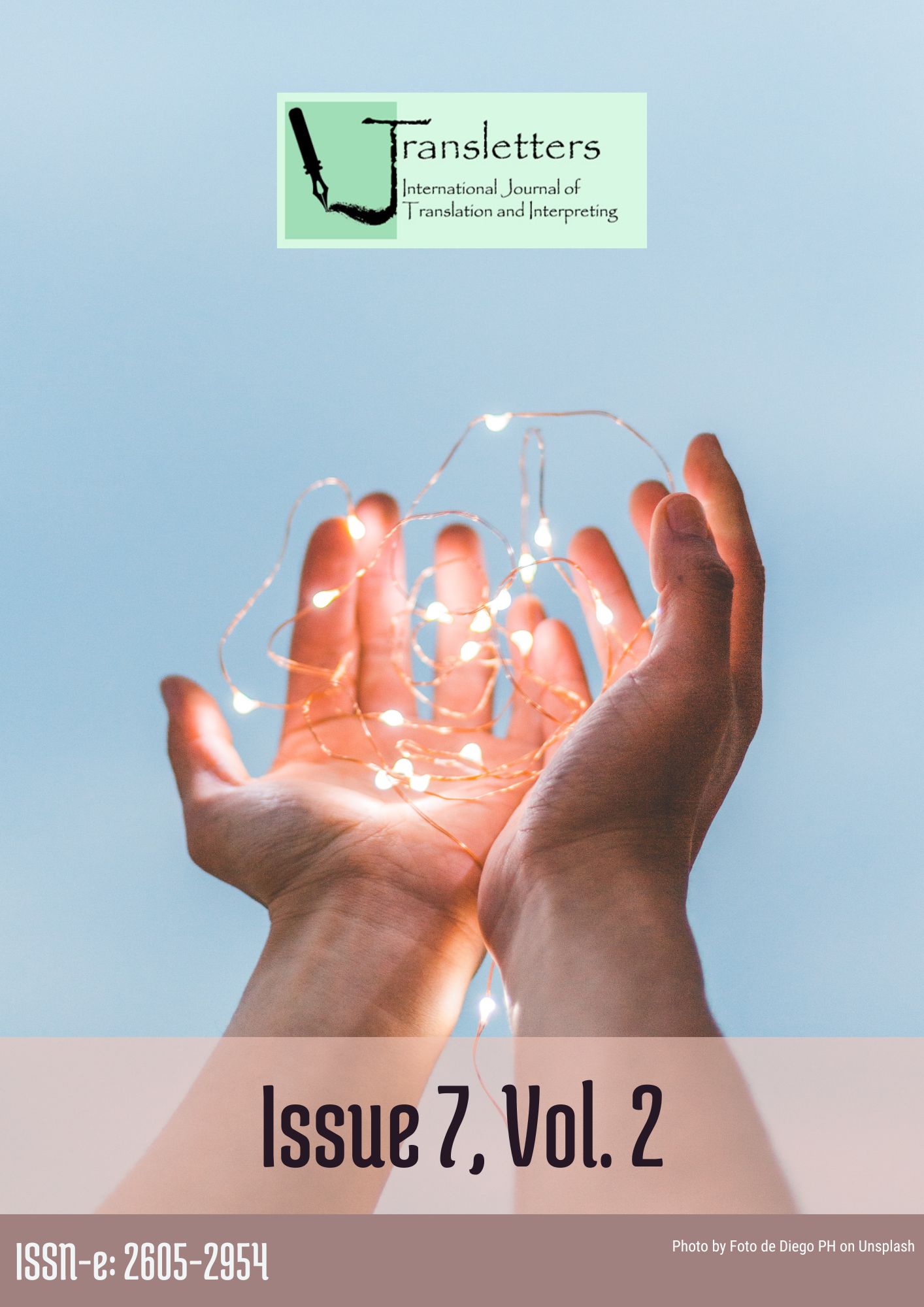What Happens to Silences in Audiovisual Translation? A Quantitative Study of American and Japanese Dubbed Films
Contenu principal de l'article
Résumé
The purpose of this paper is to contribute to the field of audiovisual translation studies by quantitatively examining the acoustic strategies used in the process of translating American films into Japanese and Japanese films into English. Focusing on silences in 120 versions of 35 American movies and 25 Japanese movies in their original language and in their respective translated versions in the genres of drama, science fiction (sci-fi), horror and animation, the author conducted a comparative analysis between languages and genres. The results showed it can be surmised that the incorporation of silences in the translation process arises not only due to the language and culture of the translation language, but also stem from the characteristics of specific genres. The findings highlight the importance of studying audiovisual translation further not only from a verbal perspective, but also from an acoustic perspective.
Téléchargements
Details de l'article

Ce travail est disponible sous licence Creative Commons Attribution - Pas d’Utilisation Commerciale - Partage dans les Mêmes Conditions 4.0 International.
Proposed Policy for Journals That Offer Open Access
Authors who publish with this journal agree to the following terms:
- Authors retain copyright and grant the journal right of first publication with the work simultaneously licensed under a Creative Commons Attribution License that allows others to share the work with an acknowledgement of the work's authorship and initial publication in this journal.
- Authors are able to enter into separate, additional contractual arrangements for the non-exclusive distribution of the journal's published version of the work (e.g., post it to an institutional repository or publish it in a book), with an acknowledgement of its initial publication in this journal.
- Authors are permitted and encouraged to post their work online (e.g., in institutional repositories or on their website) prior to and during the submission process, as it can lead to productive exchanges, as well as earlier and greater citation of published work (See The Effect of Open Access).

